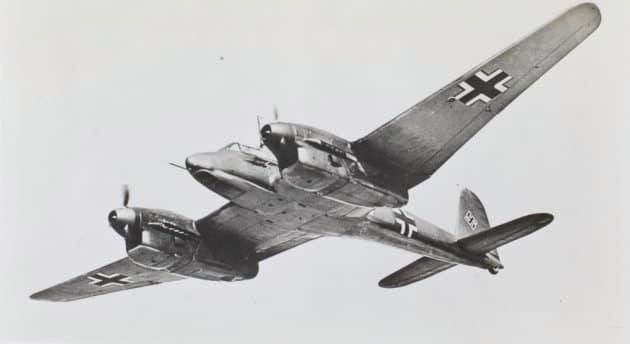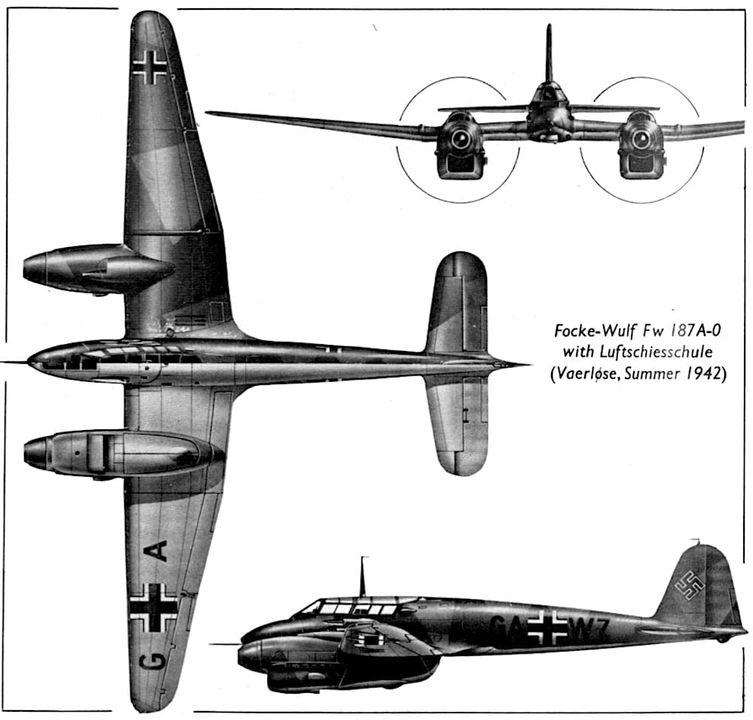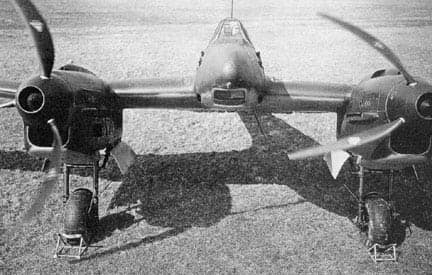Fw-187 Falke: A Missed Opportunity?

Back in 1936, Kurt Tank came up with the design for a fast twin-engine fighter plane. He immediately hit a brick wall with the Luftwaffe and the various German ministries involved in procurement on behalf of the armed forces.
The doctrine and thinking at the time were all about fast tactical bombers that would be fast enough not to need fighter escorts. As for fighters, they HAD to follow the single engine monocoque design.
Design and Initial Development
Kurt Tank, undeterred, had Focke Wulf manufacture a prototype in 1937. The Falke proved to be maneuverable, rugged, and faster than a single-engine fighter. He argued that (single engine) fighters would at some point evolve to a point where they’d be faster than bombers and therefore would require their own fighter escorts. He was allowed to pursue the development of the Fw-187 but was denied his request to have access to more powerful engines…

At some point, Kurt Tank was told there was no future for his machine as a fighter. So he had the Falke modified into a two-seater to transform it into a Zestorer (heavy fighter). He even tried to get the Fw-187 adopted as a night fighter. Nothing worked. Nine prototypes were built. The plane was never adopted by the Luftwaffe. Some of the machines were eventually operated privately by Focke Wulf as interceptors to try and protect the factory during allied bombing raids.
The Fw-187 in Retrospect
Kurt Tank was correct: By 1940, single-engine fighter planes were fast enough to catch up to fast bombers. That led to the bombers requiring their own escorts. During the Battle of Britain, German bombers were escorted by both Bf-109 and Bf-110… The single-engine fighter was magnificent but did not have the range. The Bf-110 was powerful but not maneuverable enough to tangle with British fighters. The Fw-187 outperformed the Bf-109 in terms of all-out speed and was more maneuverable than the Bf-110… But Willy Messerschmitt had better political connections than Kurt Tank!

-RBM.









